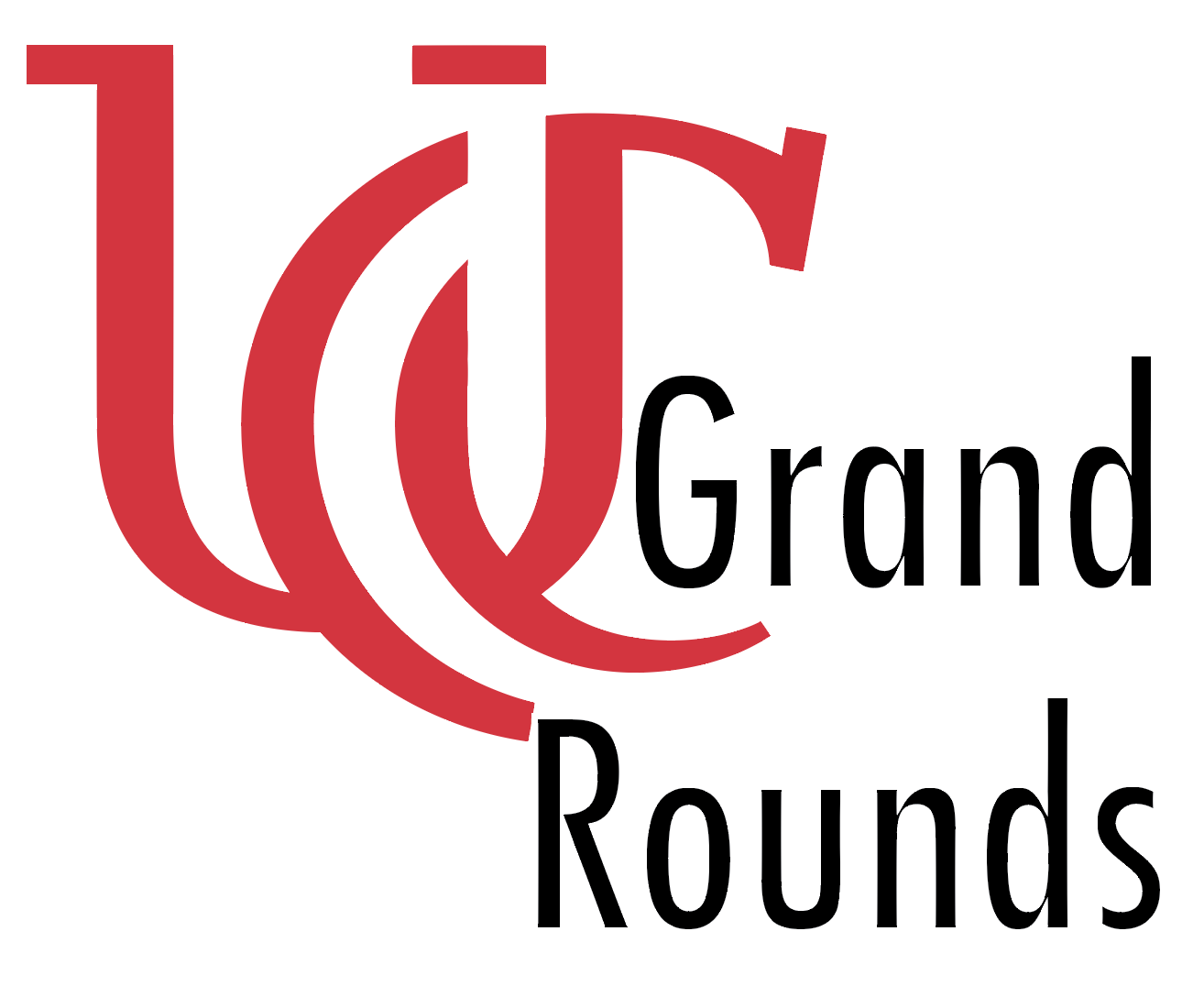Grand Rounds Recap 01.08.20
/This week we brought in the new Roaring 20s with an exciting lineup. Drs. Gauger, Humphries, Jarrell, and Owens led us through a simulated case of hypertensive emergency in a cocaine body packer. Dr. Gressick taught us about blunt carotid artery injuries, and Dr. Gottula discussed resuscitation of septic patients with comorbid CHF and ESRD. Dr. Ham took a detour from clinical topics to discuss how to go about finding your niche in medicine, and Dr. Doerning increased our financial literacy with his high-yield points. Finally, our colleagues from Cincinnati Children’s helped us learn the nuances of having difficult conversations with children and their families.
Read More












